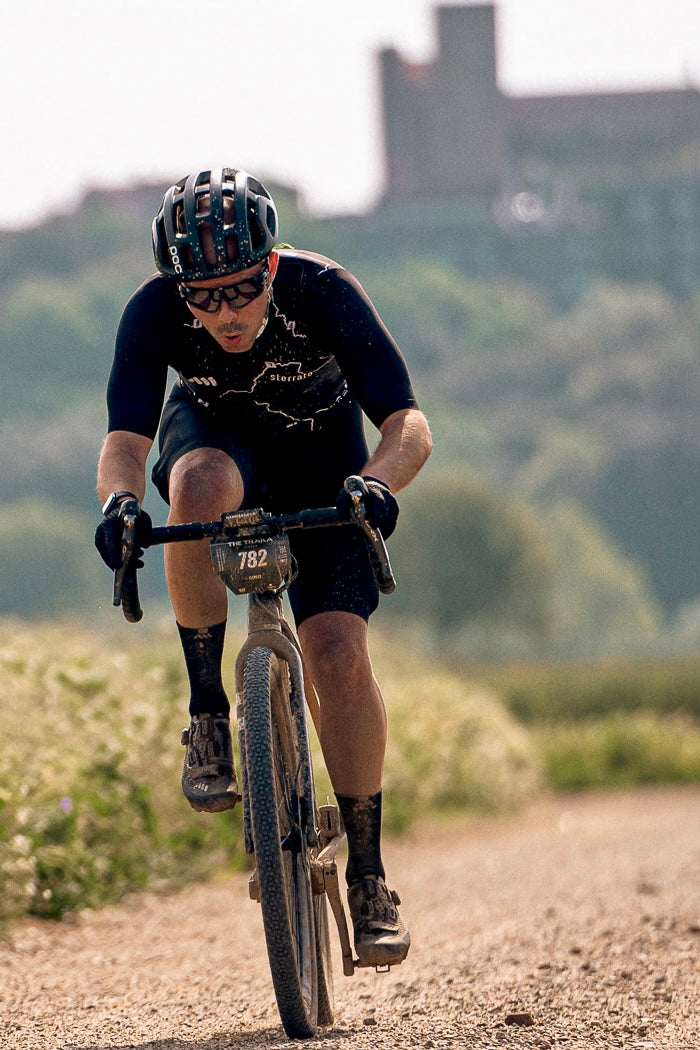Crafting Your Bikepacking Adventure: Strategic Planning and Preparation (3)
The Ultimate Bikepacking Gear Guide: Setup, Essentials, and Checklist for Every Adventure
There’s something deeply liberating about heading out on your bike with everything you need strapped to the frame. No cars, no schedules , just you, your ride, and the open road ahead.
But before that freedom begins, every good adventure starts with preparation. Getting your bikepacking gear setup right is what turns a rough ride into a smooth experience.
This guide blends the essentials from our Bikepacking 101 series into one practical resource , a complete look at what to pack, how to pack it, and how to make your gear work for you out there.

Start with the Essentials
If you’re new to bikepacking, it’s easy to get caught up in gear lists and endless comparisons. Truth is, you don’t need much to get started , but you do need the right essentials.
Think of your kit as a system: every item should earn its place. Here’s what makes up the heart of a bikepacking gear list:
A reliable bike (gravel, MTB, or touring , just make sure it’s tuned and tested).
Bikepacking bags: frame, saddle, and handlebar bags that fit snugly.
Navigation tools: GPS, app, or old-school map if you’re going off-grid.
Sleep system: tent or bivy, sleeping bag, mat ,the classic trio.
Compact cooking kit: stove, pot, coffee gear, and a fuel canister.
Hydration setup: bottles or bladder, plus a water filter for long days.
Lights, multitool, pump, spare tube, and a basic first-aid kit.
Less is more. Every item adds weight and noise ,pack what helps you move freely and rest well.

The Art of the Bikepacking Setup
A good bikepacking setup isn’t just about what you carry, but where and how you carry it.
Start with balance. Keep the bike stable and responsive, too much weight at the back and you’ll feel it on every descent.
Front bags hold the bulky but light stuff: sleeping bag, clothes, tent poles.
Frame bag is for dense gear: tools, food, batteries.
Seat pack swallows soft layers and extra clothing.
Top tube or stem bags? Perfect for snacks and things you need while riding.
Test your setup before the big trip, a short overnight ride will show you what works (and what rattles).
💡 Pro tip: Keep your center of gravity low. Heavy gear closer to the bottom bracket makes handling so much smoother.
Planning the Adventure
Even the best gear list won’t save you from poor planning.
Where you go, when you go, and how long you plan to ride each day all affect your setup.
Start with these questions:
What kind of terrain are you tackling?
How’s the weather, hot, cold, wet, unpredictable?
Will you resupply or go fully self-sufficient?
Are you riding solo or in a group?
A route with long climbs calls for lighter gear; a desert trip means carrying extra water.
Adapt your bikepacking checklist to the journey, not the other way around.

Dialing in the Details: Advanced Setup Tips
Once you’ve got the basics dialed, you’ll start noticing small tweaks that make a huge difference.
Dry bags inside your main bags help organize and waterproof everything.
A lightweight tarp can double as both a rain shelter and cooking cover.
Keep tools and spares where you can reach them easily, you’ll thank yourself when fixing a flat at sunset.
Label your gear bags (a small colored cord or tag works wonders).
And before any trip longer than a weekend: check bolts, brake pads, and tire sealant.
Bikepacking is a constant balance between efficiency and comfort, pack light, but don’t cut corners where it matters.
The Real-World Bikepacking Checklist
If you like lists (we all do), here’s a refined bikepacking checklist based on countless miles, wet nights, and unexpected detours.
Riding gear
Helmet, gloves, padded shorts, rain shell, sunglasses, merino layers.
Sleep & camp gear
Tent or bivy, sleeping bag (rated to your conditions), sleeping mat, headlamp.
Cooking & food
Stove, pot, spork, coffee kit, quick-dry towel, biodegradable soap.
Electronics
Power bank, cables, lights, phone/GPS mount, optional solar charger.
Tools & repair kit
Multitool, pump, chain link, tubeless plugs, spare tube, lube, zip ties.
Extras
First aid kit, ID, cash, and something small that makes you smile, a notebook, a lucky charm, a photo.
The Philosophy: Pack Light, Travel Far
Every trip teaches you something new.
The more you ride, the more you realize that bikepacking essentials aren’t just gear, they’re comfort, self-reliance, and the mindset to enjoy the journey as much as the destination.
Each trip, take notes: what you didn’t use, what you missed, what broke.
Over time, your bikepacking setup becomes an extension of yourself, lighter, smarter, and simpler.

Final Thoughts
Bikepacking isn’t about perfection. It’s about curiosity, balance, and freedom on two wheels.
Gear evolves, trails change, and what feels “essential” today might not be tomorrow.
But that’s the beauty of it, learning to carry less, live more, and ride further.
Because the lighter your load, the heavier your memories.
🔗 Keep Exploring














